 Nicola Neri, a researcher at the INFN section in Milan, has been awarded one of the prestigious grants of the European Research Council (ERC) of almost 2 million euros with his SELDOM project, to be developed at the LHCb experiment at CERN’s Large Hadron Collider, to investigate why our universe is made of matter rather than antimatter.The SELDOM project proposes a new experimental method to investigate the asymmetry between matter and antimatter, through the study of certain particular particles: heavy baryons. The distribution of the electrical charge of these particles has a spherical symmetry and their electric dipole moment – which measures the separation of electric charges of opposite sign – is predicted to be zero. One of the possible causes of the asymmetry between matter and antimatter in the universe could be linked to the not perfectly spherical shape of these particles, highlighted by the non-zero electric dipole moment. SELDOM is a competitive project at the international level: it is in fact part of an intense experimental research program of the electric dipole moment of the neutron, of the proton and of leptons, in progress worldwide, adding the new possibility of studying baryons containing heavy quarks, thanks to a new fixed target experiment, in which heavy baryons will be produced and then channelled into curved silicon and germanium crystals. This research could prove important because the eventual discovery of the electric dipole moment of a fundamental particle would represent clear evidence of physics beyond the Standard Model, i.e. of a new physics that goes beyond our current theories, and could tell us how it is possible that the universe exists, us included.
Nicola Neri, a researcher at the INFN section in Milan, has been awarded one of the prestigious grants of the European Research Council (ERC) of almost 2 million euros with his SELDOM project, to be developed at the LHCb experiment at CERN’s Large Hadron Collider, to investigate why our universe is made of matter rather than antimatter.The SELDOM project proposes a new experimental method to investigate the asymmetry between matter and antimatter, through the study of certain particular particles: heavy baryons. The distribution of the electrical charge of these particles has a spherical symmetry and their electric dipole moment – which measures the separation of electric charges of opposite sign – is predicted to be zero. One of the possible causes of the asymmetry between matter and antimatter in the universe could be linked to the not perfectly spherical shape of these particles, highlighted by the non-zero electric dipole moment. SELDOM is a competitive project at the international level: it is in fact part of an intense experimental research program of the electric dipole moment of the neutron, of the proton and of leptons, in progress worldwide, adding the new possibility of studying baryons containing heavy quarks, thanks to a new fixed target experiment, in which heavy baryons will be produced and then channelled into curved silicon and germanium crystals. This research could prove important because the eventual discovery of the electric dipole moment of a fundamental particle would represent clear evidence of physics beyond the Standard Model, i.e. of a new physics that goes beyond our current theories, and could tell us how it is possible that the universe exists, us included.
You might also be interested in
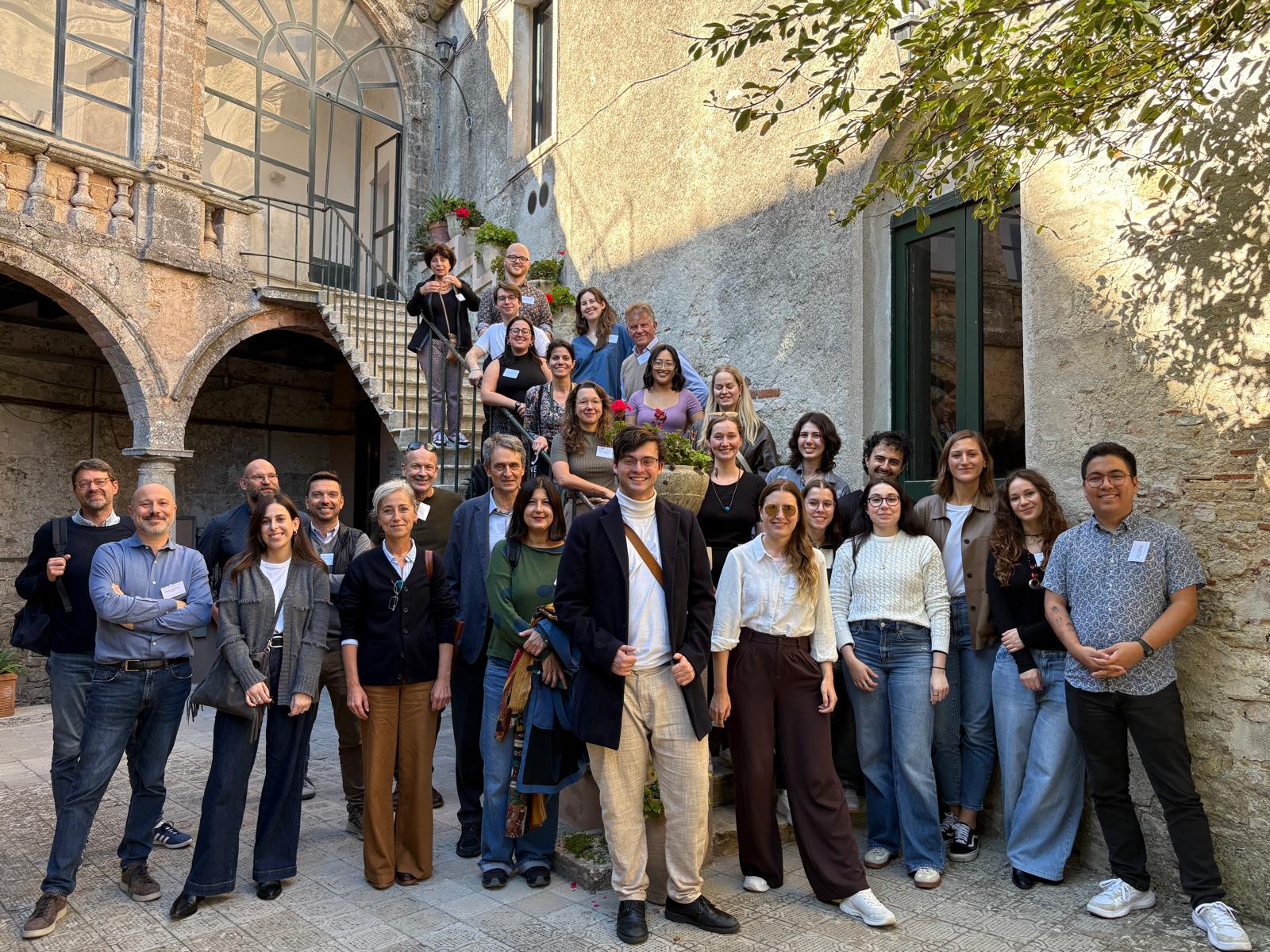
ORIGINS. Exploring Science Communication and Journalism
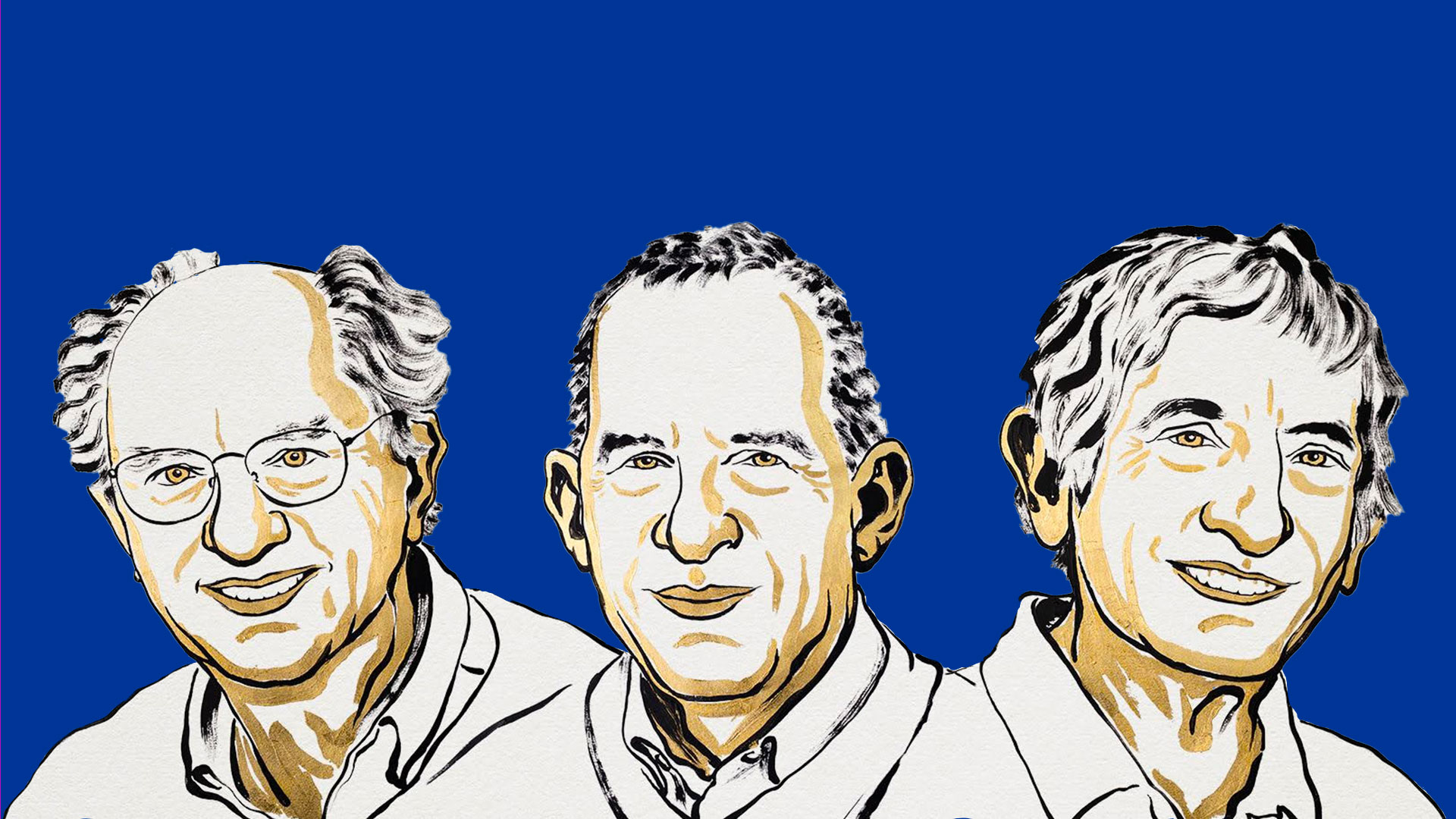
Nobel Prize in Physics 2025: congratulations to John Clarke, Michel H. Devoret and John M. Martinis
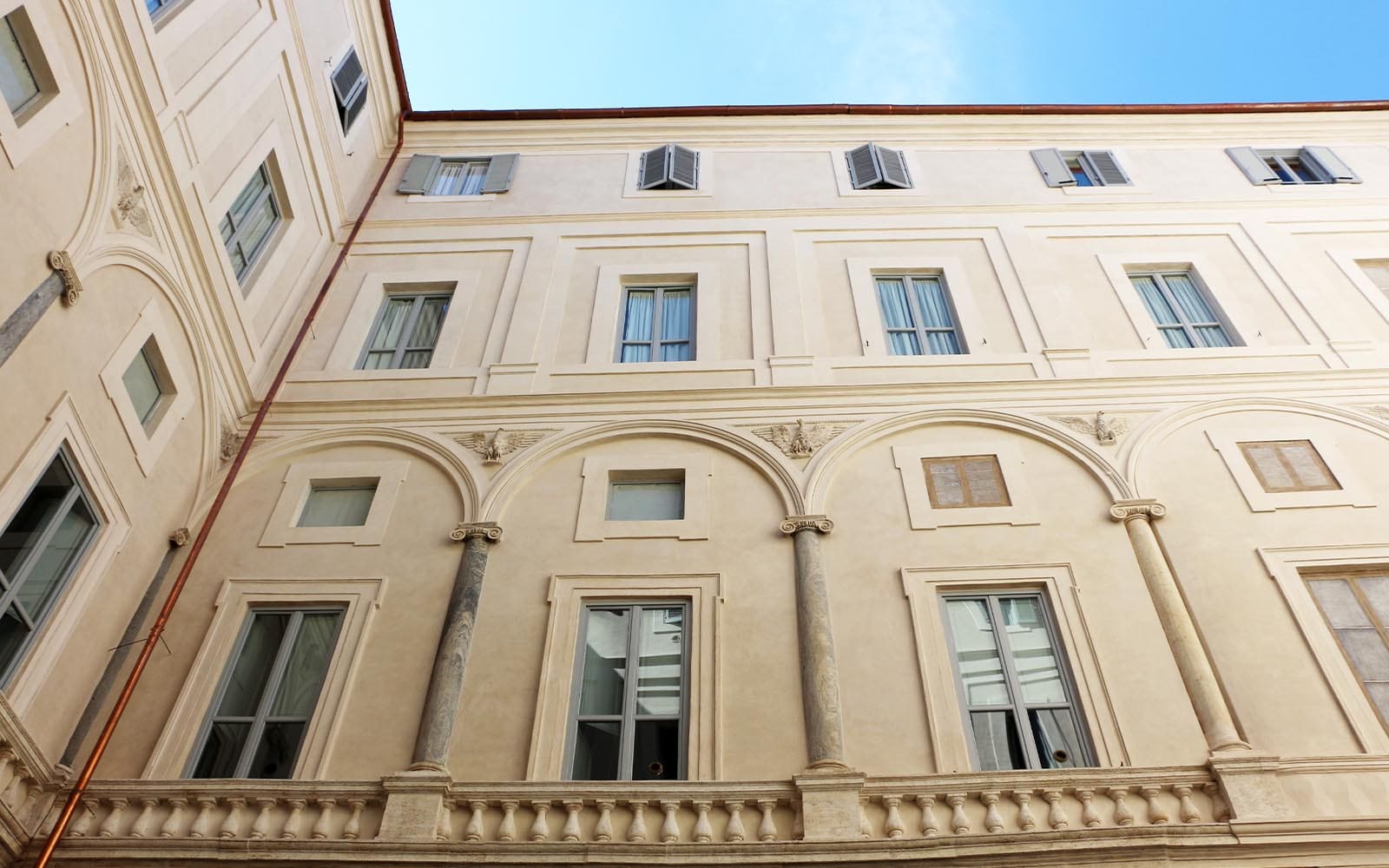
INFN statement in support of peace in Gaza and commitment to scientific diplomacy
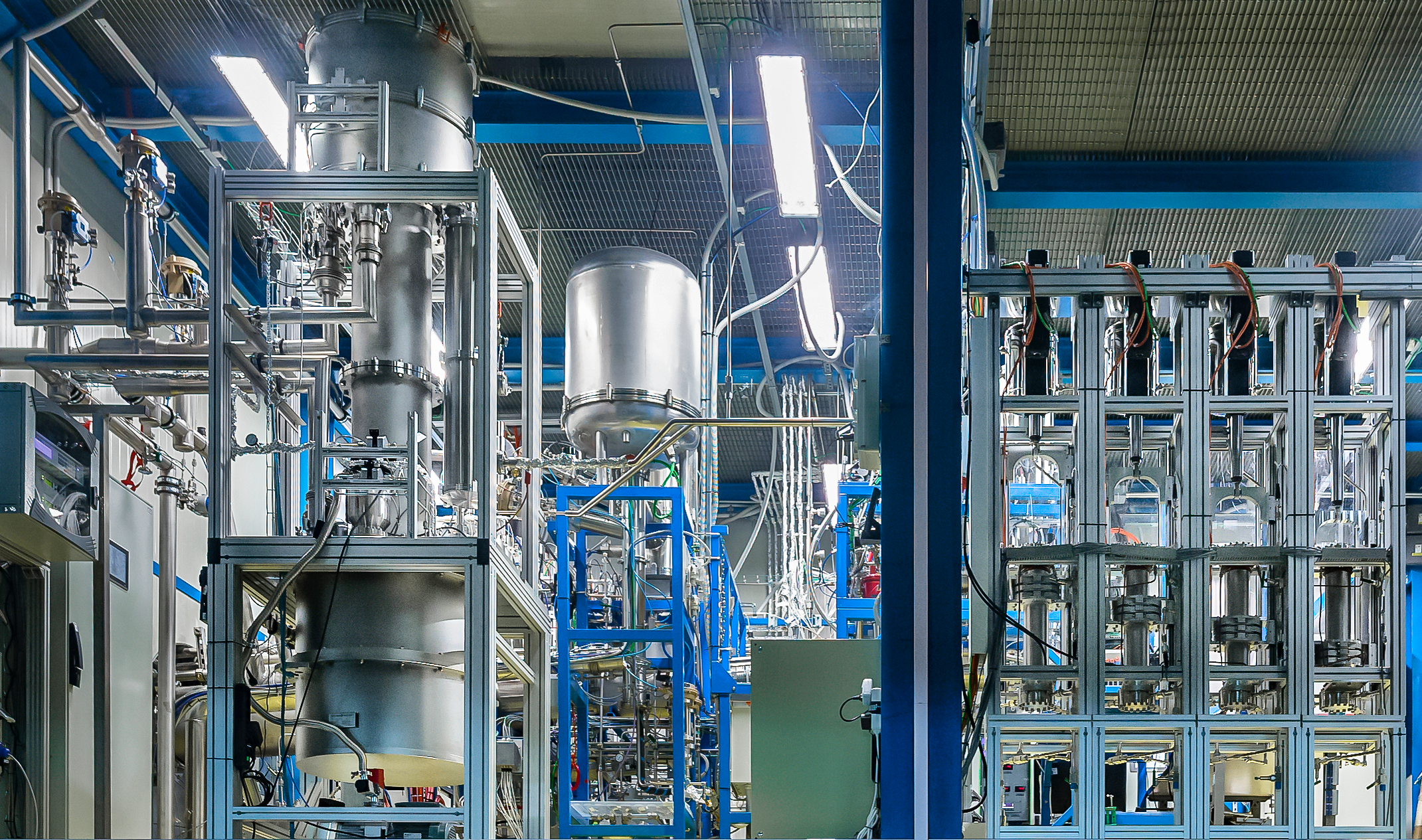
XENONnT: record levels of purity achieved in the search for dark matter
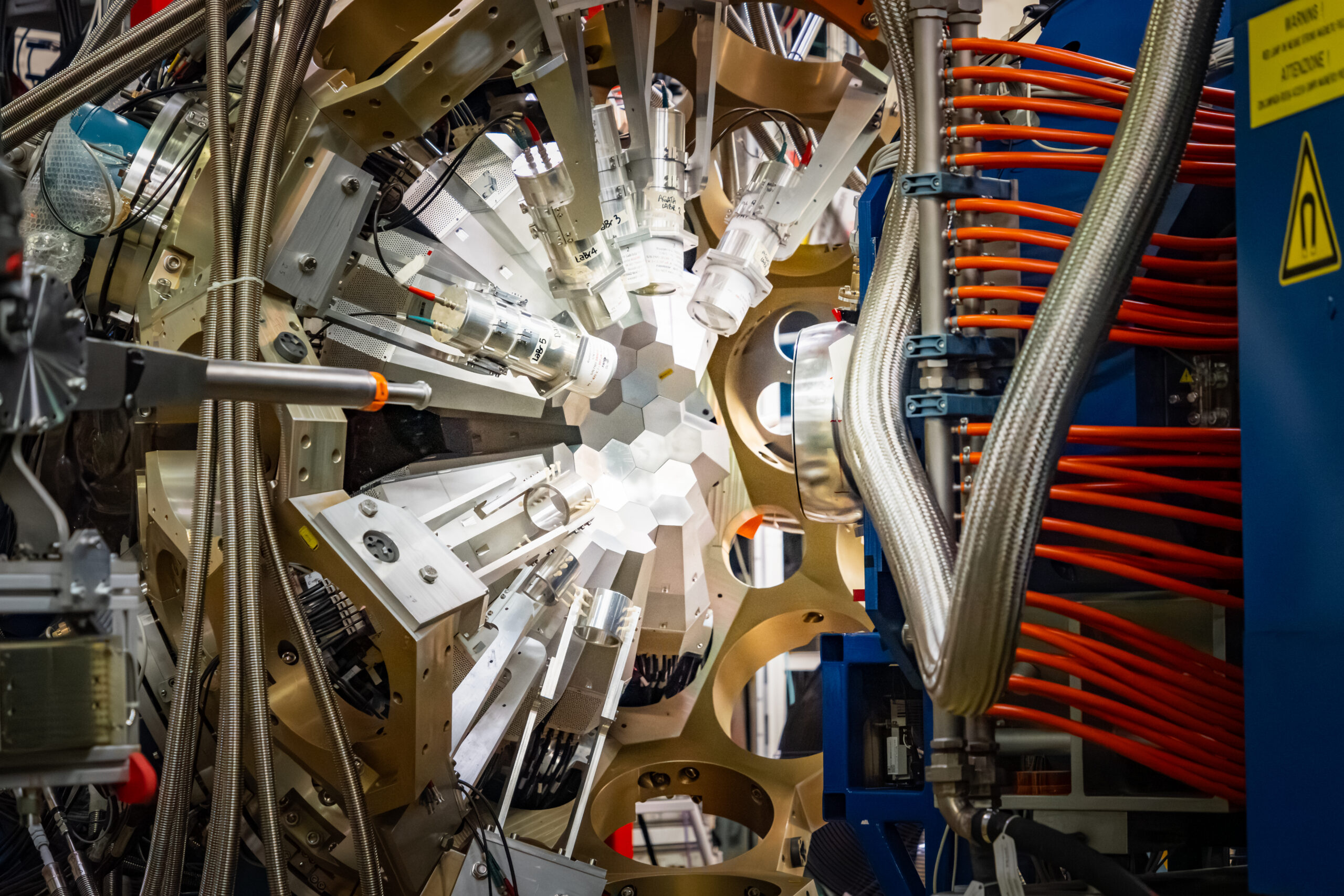
Physics Photowalk 2025: the ten pictures on the Italian podium
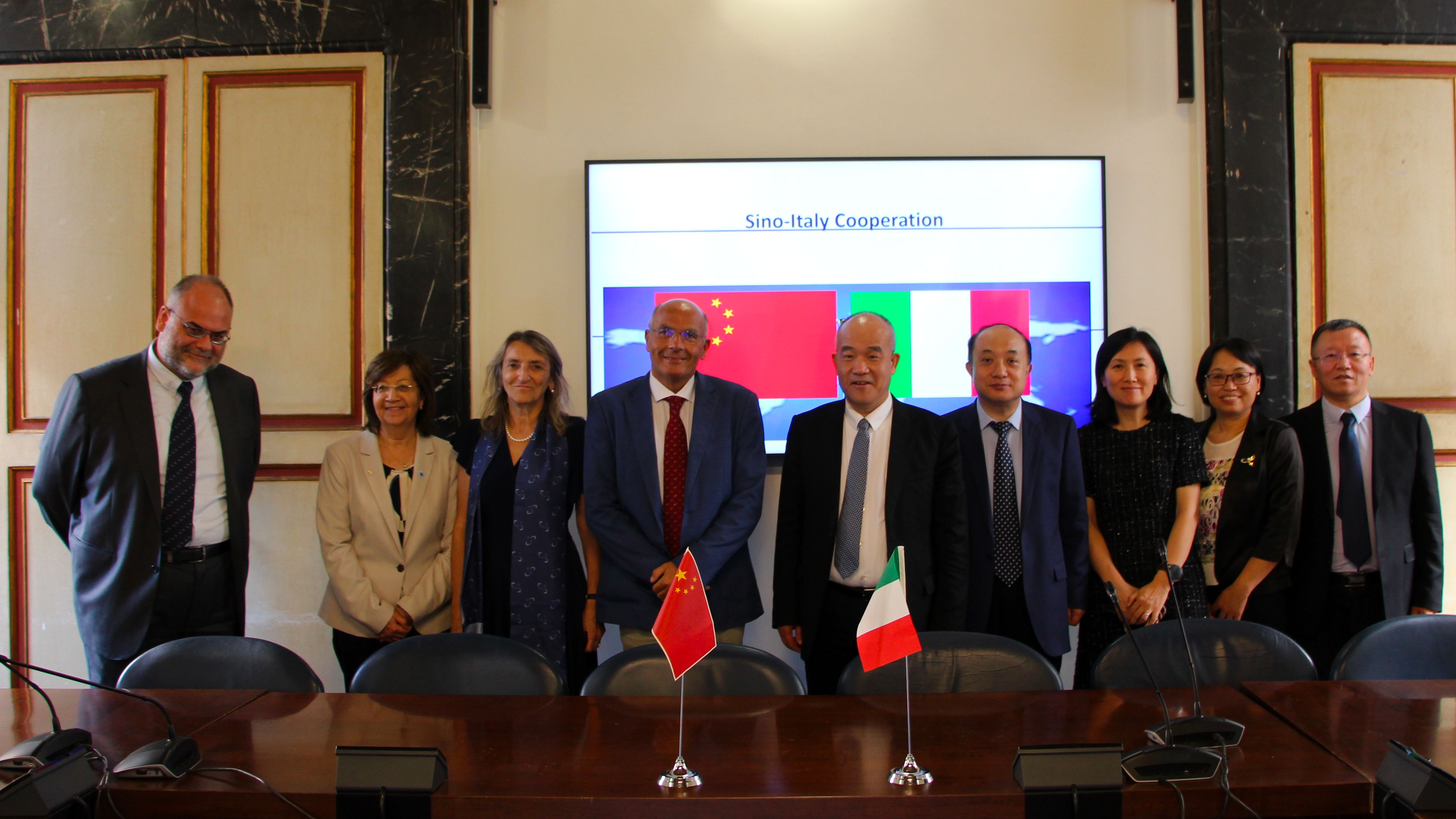
Italy-China: important bilateral meeting between NSFC and INFN
26 September 2025
Read more Italy-China: important bilateral meeting between NSFC and INFN